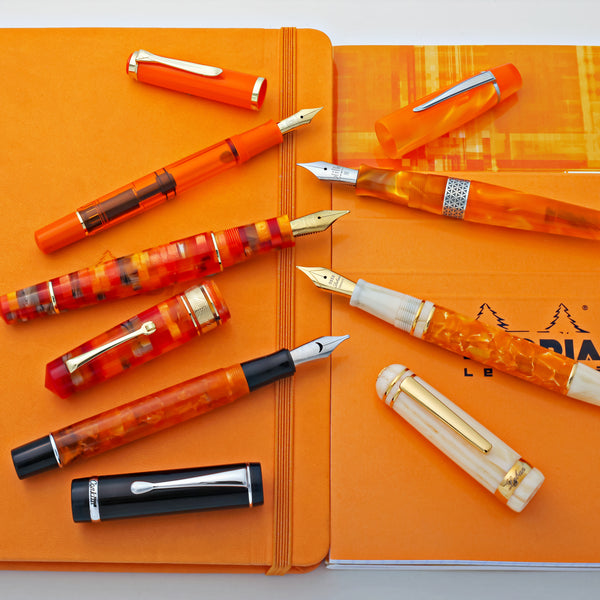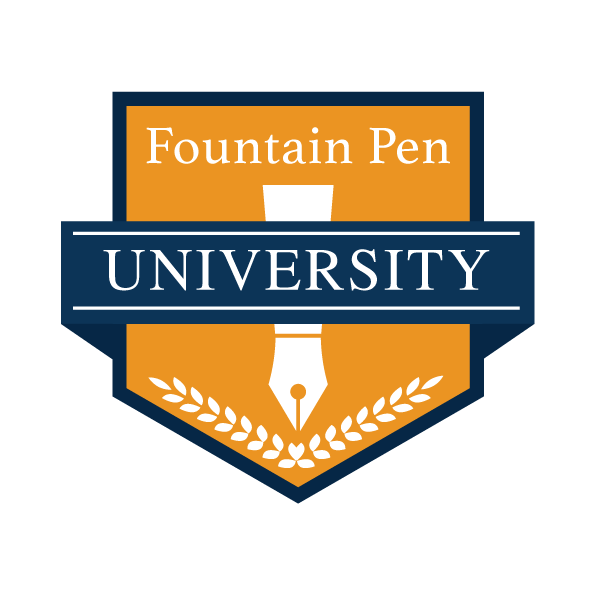Fountain pens aren’t just for writing letters.
When an artist embarks on a creative journey to make something new, one of the most effective ways to find a path forward is to go beyond the conventional tools and methods. Keith Haring brought art to the streets of New York using chalk on empty advertising panels. Jackson Pollock dripped and splattered paint on canvas. Sarah Sze uses mundane objects, like office supplies, to build her mixed media sculptures and art installations.
Fountain pens aren’t nearly as common to an artist’s toolkit as pencils, markers, acrylic paint, and watercolors, for example. This article makes the case that they should be considered expressive, versatile, and durable tools for drawing with a fountain pen. If you’re an artist looking to take your craft to the next level, learning to use a fountain pen can strengthen your work.
The qualities that make fountain pens a top-shelf choice for handwriting also apply to those who use them for art.



